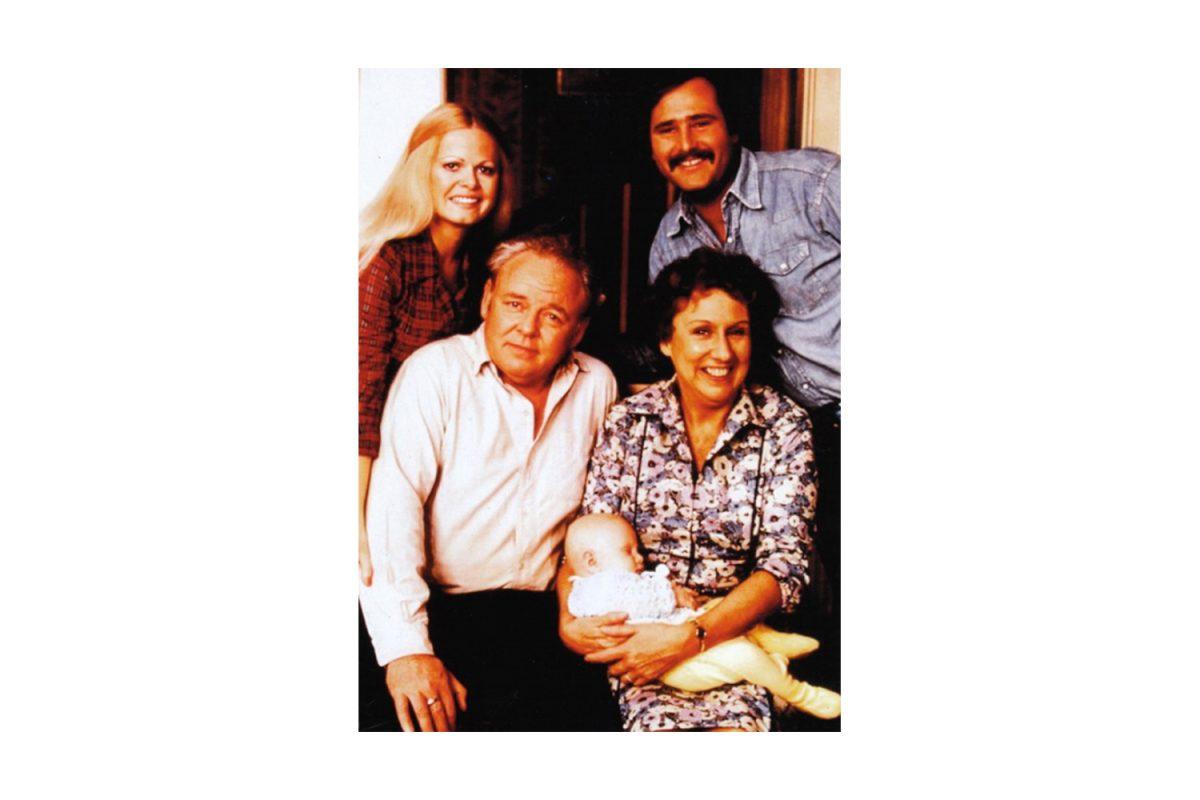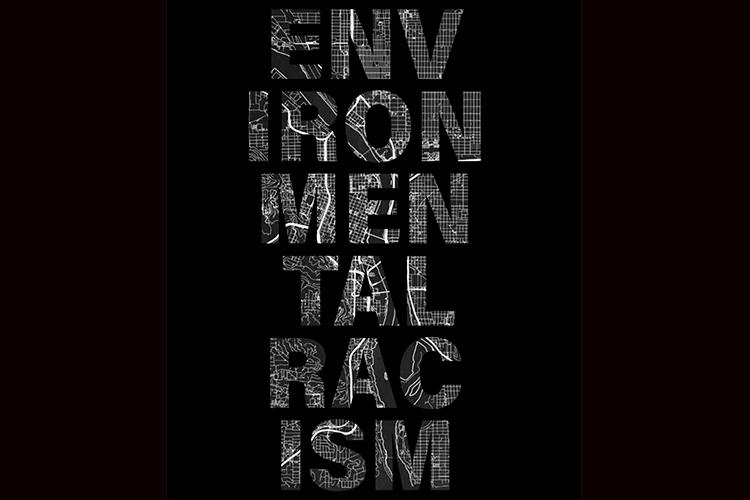
Fluorescent lights beat down from above while pop music blares in the background. On the first floor, a jumble of browns, oranges and other colors representing the fall season rests at shoppers’ fingertips. On the second floor, sparkling white tiles direct shoppers toward iridescent yellow signs advertising the discounted remnants of last season’s trends. A light flickers, shining on a red banner labeled “CLEARANCE.” This is Forever 21, a fast fashion retailer with an abundance of “in-style” and affordably priced apparel.
The “fast fashion” business model makes current trends available to those who are otherwise unable to afford them, but the low price tags disguise the garments’ true cost: high consumption of natural resources, air and water pollution and non-biodegradable clothing waste. However, environmentally conscious shoppers have begun to favor sustainable alternatives like eco-friendly brands and thrift shopping in place of fast fashion.
Fast fashion has long been ingrained in the American way of life. The Industrial Revolution was a time of new technology in manufacturing, as well as the beginning of the fast fashion concept. According to History.com, factories gained the ability to produce garments quickly and in bulk, paving the way to the invention of the sewing machine in 1846. These technological advancements allowed people to produce clothes at a faster rate, and the sudden increase in supply lowered the cost of clothing significantly.
How clothing was produced changed drastically following the end of World War II. According to Imperial War Museums, materials were rationed carefully, but the production in clothing continued with the help of nylon. America acclimated to the standards created by apparel factories, so middle-class consumers began to purchase more mass-produced clothing after the war.
“Young people embraced cheaply made clothing to follow these new trends and reject the sartorial traditions of older generations. Soon, fashion brands had to find ways to keep up with this increasing demand for affordable clothing,” says Sara Idacavage in her 2016 article, The Origins of Fast Fashion. With this desire for reasonably priced clothing, the fashion industry adapted to the sudden spike in demand. The industry accelerated the clothing production process to suit the needs of consumers.
As fast fashion companies seek ways to affordably price their clothing to satisfy their business model, “that means manufacturing in low-wage countries like China … (and) using cheap, synthetic materials and rudimentary manufacturing processes,” says NPR. Fast fashion companies who source from countries like China often take advantage of the “low cost, low regulation” mandates invented for economic purposes. Clothing factories became widespread in the 21st century. Although these factories have been polluting since their inception, consumers have only recently investigated the impacts of the apparel they purchase.
“My first priority is to buy used (clothing) … if that isn’t an option or if it’s not cost-prohibitive, I would say my next priority would be to just buy thoughtfully … making sure that maybe (the clothing) is recycled or maybe it is … from a company that does other good things in the world,” says Dawn Moothart, the founder of Portland Apparel Lab, a company that provides help to Portland’s small and medium-sized apparel businesses.
As environmental activism increases, with millions around the world marching in September for the Global Climate Strike, consumer concern grows for the environmental impact of their purchases. “Fast fashion is something that I used to partake in when I was younger because that was where to find your trendy clothes … I did that for so long, and then I realized this really isn’t good for the environment, and I’m throwing away all these clothes in three months because I don’t like them anymore or they fell apart,” says Darbi Rush, a second-hand shopper and junior at Grant.
Fast fashion companies often claim to implement sustainable practices to meet consumer demands for eco-friendly and high-quality clothing. However, there is no federal agency that determines what steps a clothing company must take to be called “sustainable.”
“There’s no guidelines for what they say,” says Barbara Linssen, a recycling expert with a bachelor’s degree in environmental science and is not permitted to speak on behalf of the company she works for. “They can say ‘we’re totally recyclable’ … and then there’s no actual correlation to whether I can actually recycle when I get home in my town and at my house.” While food must adhere to dozens of specific standards regulating standards like pest and weed control, soil quality and animal treatment practices to receive the USDA organic label, clothing companies are free to call themselves sustainable for meeting their own goals, which can be flexible.

In 2018, H&M stated that they “exceeded” their sustainability goals for the calendar year. However, in the middle of a 109-page sustainability report is a link which reveals that H&M revised several of their 2013 goals to be less ambitious. One goal stated that by 2018, all H&M suppliers should have worker representation in their factories. However, H&M later changed this goal to cover only factories that produce 50 percent of the company’s clothing. When they achieved this for factories that produce 67 percent of their merchandise, H&M stated that they had exceeded their goal.
The complicated process of creating an article of clothing, coupled with the sheer scale of many fast fashion operations, can mean that “environmentally-conscious” companies’ environmental impacts may still be significant.
As retail chains expand and their respective needs for manufacturers and factories increases, their sustainability grows more difficult to measure. Businesses that seek to cut production costs often venture across the globe in search of cheaper labor. Monitoring the environmental and humanitarian impacts of these factories can mean checking in on thousands of locations worldwide, a process that many fast fashion companies are unable to regularly complete.
Among the sometimes disguised environmental impacts of clothing production are the impacts of creating the fabric itself. According to Good on You, an ethical rating organization, synthetic fabrics like polyester expend large amounts of energy and water during production, can leak toxic dyes into soil or water, and never biodegrade.
Though natural fibers do eventually break down, there are still environmental impacts to consider. “How is (the fabric) grown? … In the case of cotton, you know, is it really water intensive and requires a lot of pesticides?” Linssen says.
Once the fabrics have been produced and the clothing assembled, the finished products are shipped out to stores, a process that produces significant carbon emissions. Shoppers reach for garments with green tags advertising recycled fabrics and sustainable practices, often without knowing the full scope of the journey that the clothing follows.
As shoppers take home their new purchases, this journey continues. Synthetic fabrics, including clothing made from recycled plastic bottles, release microplastics into water sources as they are washed. “Target or H&M could say, ‘Hey, we’re making this with recycled materials. You can feel green about this, buying this shirt,’” Linssen says. “Now, we’re hearing that it’s putting microplastics in the rinse water and into our drainage systems, which will get out to the ocean.” Microplastics damage marine ecosystems and can enter the bodies of humans and other land animals as they consume contaminated water and organisms.
Eventually, whether fabric wears out, seams unravel or a piece simply goes out of style, clothes move to their next phase: a donation bin or a landfill. This lifecycle is often short, reflecting the quick turnover of trends in modern American society. In fact, according to the New York Times, “nearly three-fifths of all clothing ends up in incinerators or landfills within a year of being produced.”
Linssen suggests buying fewer, more durable clothes to lessen the environmental impact of your fashion choices because, as she puts it, “Other than like grandma’s 50-year-old wool sweater, what is a pure piece of clothing?”
In recent years, thrift shopping has become more popular. According to IBIS World, the total revenue in 2019 thus far for the 25,637 second-hand stores in America is $10 billion. Second-hand businesses have various items to choose from, ranging from a worn t-shirt to vintage shoes. Thrift shops remain a common shopping destination among a variety of individuals.
“If you go to the (Goodwill) bins you’ll see a lot of people … older people or people who might not be able to afford (other stores) … and then you see girls or boys from Grant … or other schools,” says Rush.
With the popularity of buying second-hand arises a new question of accessibility within the pricing aspects of a second-hand business. “(Thrift shopping is) a thing right now, so I think that prices have gone up because of that … it’s harder to find quality goods at a low price … (it’s) what happens over time.
Everything goes up because life becomes more expensive,” says Jacky Arvin, owner of Maven Collective, a local vintage store.
Arvin has owned Maven Collective with her business partner for seven years. The style of the shop has undergone many different transformations, from children’s clothes to vintage home decor. Throughout the years, the shop has exclusively sold second-hand and hand-made items. “Our customers pay us for what we view as a service, so it’s a service to hunt and find and clean and research and then offer good (items) … it takes time,” Arvin says. To Arvin, the prices range between $40 and $150 because she and her business partner are being compensated for their experience and time they devote to the process. “It’s appreciating … quality craftsmanship and things that were made back when there was pride in making things to last, not in making things to need to be quickly replaced,” Arvin says.
Rush is opposed to fast fashion, describing herself as a conscious consumer when it comes to spending money on what she needs and purchasing from ethical businesses. “The amount of … CO2 emissions that go into making a shirt, and especially because it’s fast fashion, which is usually one and done, you wear it for about two months … I used to shop at Forever 21 when I was younger, and then it would fall apart within weeks, and pants would get holes in them,” Rush says.
“People are just becoming more aware of conscious consumerism and wanting to make good choices and even the minimalist movement … and buying better quality and less of it … I don’t think that’s going to change,” Arvin says. “A lot of the high-quality items that are ethically made in small batches are very expensive, and a lot of people can’t afford those items, so that’s when vintage comes in, you know, that vintage is, … another option.”
For those who can afford it, an investment in sustainable, made-to-last clothes is another course of action. However, not everyone can justify such high prices, which is why fast fashion businesses seem more accessible to the majority of consumers. “There’s options for buying something really expensive and very well made that’s going to last you for a decade, but that leaves out a whole bunch of people … who don’t want to spend $250 on a coat,” Linnsen says.
While thrift shopping is a viable option for many, the creation of new clothing is an unavoidable reality.
“You make 100,000 T-shirts, and you sell 80,000 well that’s 20,000 that go where? I mean, do we ship them to Africa? … Do you give them away? … What do you do with all of those shirts that nobody bought?” says Moothart.
In a country where fashion companies can claim sustainability without having to adhere to federal standards, conscious consumerism means not always taking companies’ claims at face value. Arvin stresses the importance of awareness when shopping.
“I think that this culture is too fast. I think that it’s a disposable society … I don’t think it’s good for the planet. I don’t think it’s good for us as individuals. I think that everybody needs to slow down and make better choices,” says Arvin. “It just starts to feel like we’re robots or … just kind of asleep, asleep at the wheel. I don’t want to participate in that kind of lifestyle.”







































